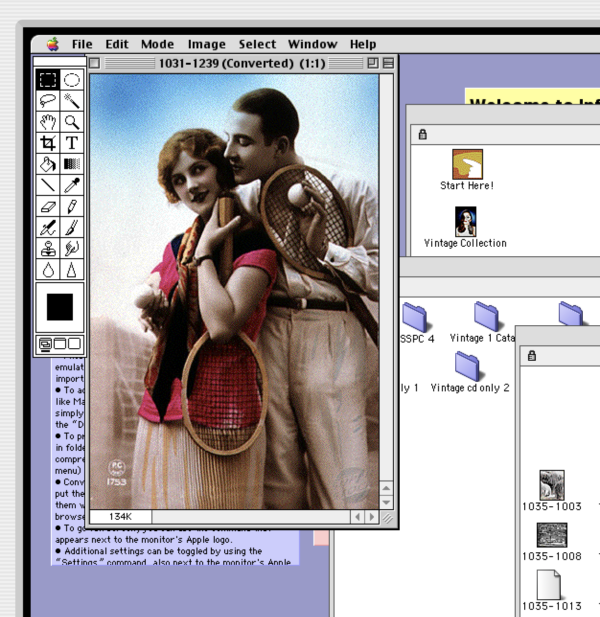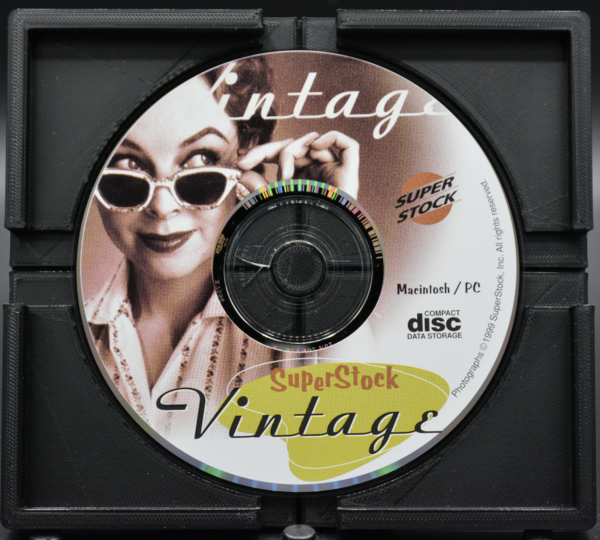
My drop-in time work used to be a lot of teaching basic skills. “Here’s how to click. Now here’s how to right-click.” Then for a time it was teaching people about software. “Here’s how a menu works in Microsoft Word.” Then it was more about social media, then mobile phones. Lately it’s still a bit of all of those things, but the major thing I do is something I call “How do I connect this to that?” A few examples:
– I want to be able to use Google photos on my iPhone
– I want to figure out why OneDrive keeps nagging me to update. Do I use OneDrive?
– I want to share this PDF document with someone over email from my phone
– How do I get the images off of this CD that can’t be read by my CD player?
Each of these things is not just a “read the help pages” situation because it involves multiple interrelated systems. Understanding how these things work together is the main skill that’s required to help people troubleshoot. As someone who is familiar with a lot of these systems–and who skims help files very quickly–I can help people get started. A few concepts that are useful:
1. Defaults are often adjustable – all computers and phones come with default settings. Things like “Which email program opens when someone clicks a mailto link” or “Where are files saved automatically?” Those defaults have changed over time. People who understood what the defaults were may not still know what they are. Is the problem you’re having because of a default setting, one you can change? Where do the settings live? Are they in more than one place?
2. Browsers are flexible – there may be a lot of things you see on the internet (ads are one good example) that you may not have to be seeing. There are ways to add plug-ins to a browser to make it do things more the way you want. This can vary somewhat from browser to browser but the thing that is the same across browsers is that adding features to your browser is uncomplicated, usually just a few clicks.
3. Major corporations are coercive – companies often want to try to get you to use more of their products, preferably paid ones. If you’re not paying for a service there is a good chance there is an “upsell” version of it which you might fall into by mistake. I think of iCloud trying valiantly to get you to back things up to there as much as possible and then pay for the service. Gmail and the entire Google extended universe likewise. Microsoft makes it more of a headache to NOT save documents to the cloud nowadays. Users need to think about what they want and see if there’s a way to get it.
4. The history of computers is part of it – this is one of the things that is difficult for tech novices. Knowing where things came from can be helpful in understanding where they are and how they got here.

The image up top was part of my journey. A woman came in and had a clip art CD from the late 90s. The woman herself was probably born in the late 1990s if not later. She had a portable CD drive with her but the CD was a Mac CD and her machine couldn’t read it. I tried to plug it in to my Mac which also couldn’t read it. I love a challenge so I offered to take it home and see what I could do. I remembered those clip art CDs from the 90s and loved them, this would be fun.
Long story short, I never did get the CD to play on my CD player at home, but I found an ISO image of the same CD at the Internet Archive which I downloaded. Then I asked some techie friends and they clued me in to the presence of Infinite Mac, a browser based Mac emulator for all Mac OSes from OS 1 to OS 9.2.2. Using this, I was able to upload the ISO and mount it in an OS 9 environment and then open it and browse the files. I was also able to get the images to open in Photoshop 1.0 which was software which was already on the Mac emulator. Knowing I was on the right path, I downloaded all 450 images to my Mac (another great feature of this tool) but they wouldn’t open.
After some research on the Archives Team’s file format wiki, I realized that was because they were a file type called PICT which was an old Mac format not openable by any current software I owned. However, it was openable using a shareware tool called GraphicConverter. Once I converted all of these images from PICT to JPG, I realized how teeny they were (it was the 90s after all). I was able to zip them all up and send them as a single attachment to an email. The woman with the CD was delighted and I was happy I’d gotten to learn about some new tools and spend some time happily engaged in this little puzzle. And now that I’ve found a new way to do some connect-this-to-that work, maybe you can sometime later do the same for someone.
I remember PICT files!
The latest company to start trying to convince you to sign up for their paid backup service is Quicken. This started within the last month. This is Quicken, as opposed to Quickbooks. Quickbooks’ parent company Intuit has been evil for a long time.
The ultimate free, open source software cross-platform image conversion tool is imagemagick:
https://imagemagick.org
There are binaries for Linux, Windows and Mac platforms and it handles a very comprehensive list of image formats:
https://imagemagick.org/script/formats.php
It is a command line utility, meant for programmatic use and batch processing, so the barrier to use is non-negligible. But it has a ton of features beyond just format conversion. There are some GUI frontends available for it. The most popular seems to be:
https://github.com/TeaM-TL/FotoKilof
I’ve not used the GUI, but I use command-line imagemagick regularly. ffmpeg is the equivalent for video files, and it’s amazing. Many workflows make heavy use of it; it’s probably one of the most utilized open source projects out there. However, the barrier to entry of ffmpeg is higher than imagemagick, although a few well-worded searches will usually summon up the correct incantation to make it do what you want.